An editorial is calling the dumping of plastic waste into the ocean a new “silent spring”. “Silent spring” was a book written in the 1960s outlining the harmful effects of the overuse of pesticides on the environment. It was instrumental in raising public awareness of the potential dangers of pesticides. The authors of the paper […]
Tag: conservation
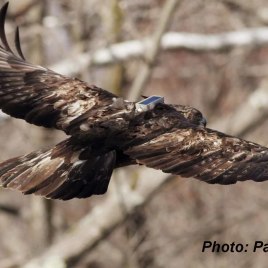
Eastern Golden Eagle populations and environmental change
Using GPS trackers and studying feather samples from 42 Golden Eagles (Aquila chrysaetos) researchers found that they exhibit migratory connectivity, as individuals from the same breeding population migrate to the same wintering area. This means that subpopulations of the Golden Eagle are more vulnerable to environmental changes than currently expected. The authors found that individual […]
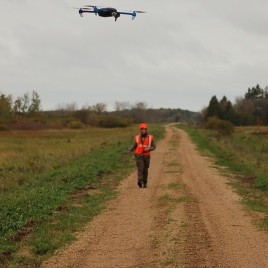
Black bears scared by drones
Black bears are scared by drones flying overhead, even though they do not appear startled to observers. Researchers flew a small unmanned aerial vehicle (UAV) over wild American black bears outfitted with heart rate monitoring equipment and GPS trackers. They found that, although the bears appeared calm outwardly, their heart rate increased suddenly, jumping […]
Wild salmon reproduce better than hatchery ones
Hatchery salmons are often introduced into rivers to support wild populations, which are in an overall state of decline, but new research suggests this may not be an effective method. A study of 196 Coho salmons (Oncorhynchus kisutch) shows hatchery males have lower reproductive success than wild ones. When occupying the same position in the […]
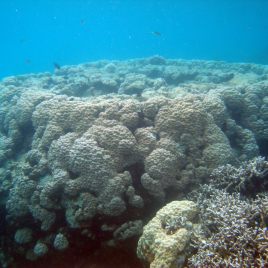
As the sea rises, Porites coral grows, until now
Around the island nation of Palau, in the Pacific Ocean, Porite coral growth may be able to ‘keep up’ with projected sea-level rise – but only if reefs are well managed and greenhouse gas concentrations are curbed, suggest international researchers. Porites are natural storm barriers and their loss would result in island and habitat loss […]
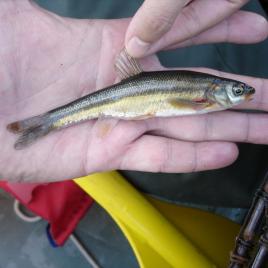
The winners and losers of climate change in Ontario lakes
It’s difficult to predict the effects of climate change on ecosystems. Researchers in Toronto have monitored lakes in Ontario to help predict the impact of predators when their range shifts. The research team found that resident species are more likely to survive if their ancestors had a change to evolve alongside the new predator and […]
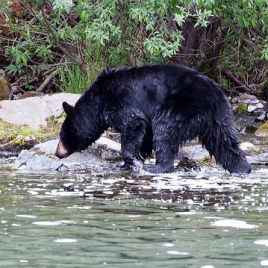
Female black bears eat berries, males eat ants
Male and female black bears do not share the same diet, according to new findings. A research using GPS telemetry and scat analyses found that black bears’ diet depends on their sex and, for females, on their reproductive status. In the same habitats, “females with cubs-of-the-year tended to…feed on bunchberry, whereas females with yearling foraged […]
Comparing current and reduced carbon emissions shows benefit for the ocean 
Researchers compared the effects of two different carbon emissions trajectories and found that reducing emissions to levels required to meet the Copenhagen Accord shows benefits in many areas for the world’s oceans. The research team found that if carbon emissions are mitigated the oceans will be cooler and less acidic. However if carbon emissions maintain […]
Thirty-year recovery of mollusc communities after nuclear tests on a French Polynesian atoll
A 30-year study on a Pacific atoll used for nuclear testing shows that all reefs developed a community composition quite different from that before the tests as the result of random settlement of larvae from the open ocean. Fangataufa atoll located in south-central Pacific (French Polynesia) has been used as a nuclear testing site for […]

The secrets of the Serengeti
Over 300,000 photographs of wild animals in Serengeti National Park, Tanzania have been cataloged and should provide data for future ecological research and educational projects. The photographs were of 40 separate species including lions, zebras, honey badgers and the rare zorilla and aardwolf. Between June 2010 and May 2013 225 camera traps gathered pictures over […]
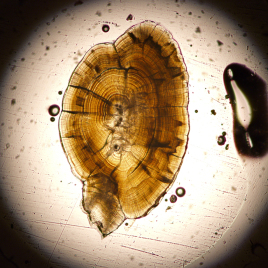
Life history of Pacific Salmon revealed through the ears
Studying small bones in the ears of Pacific Salmon may be able to tell researchers where the salmon were born and lived during critical developmental years according to new research. Studying them might allow researchers to determine which habitats produce the largest salmon populations, and where the fish live during critical periods of their life. […]
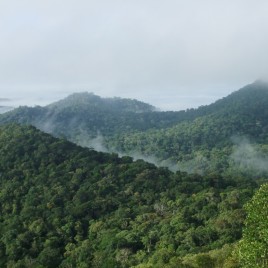
Only 1 per cent of Amazon tree species store half of carbon
A few species of large trees in the Amazon are responsible for half of the carbon storage and productivity of the Amazon rainforest, according to new research. The authors analysed more than 200,000 trees across 530 forest plots in the Amazon rainforest. They found that half of the carbon stock is controlled by only 150 […]
Mega-cities face challenges around the world
A study of the world’s megacities, those with a population greater than 10 million people, highlights the difficulties in resource use facing developing and developed cities around the world. As of 2010, there were 27 megacities around the world, and it is likely there will be 10 more by 2020. Developed cities, such as New […]
Do you have eco-friendly friends?
Canadians with personal ties to members of environmental organizations are more likely to engage in eco-friendly behaviours such as recycling and buying a more fuel-efficient car than those with no such ties, according to a new study. Using data from two surveys carried out in Canada in 2007, researchers conclude that individual-level social connections to […]
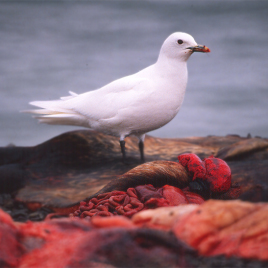
Mercury in endangered Ivory Gull feathers reach a 130-year record high
Ivory Gulls have declined by more than 80 per cent in Canada since the 1980s and have been listed as an endangered species in Canada since 2006. These gulls have the highest concentrations of mercury in their eggs of any Arctic bird, but the reason for their decline is not well understood. Researchers measured mercury […]
Human activity linked to blue-green algaes bloom in lakes since 1945
Human activity is the primary cause of blue-green algae bloom in lakes in Canada and across the world since 1945, a new study shows. Researchers have found that blooms of one type of harmful algae, called cyanobacteria or blue-green algae, have increased disproportionately over the past two centuries relative to other species, with the greatest […]